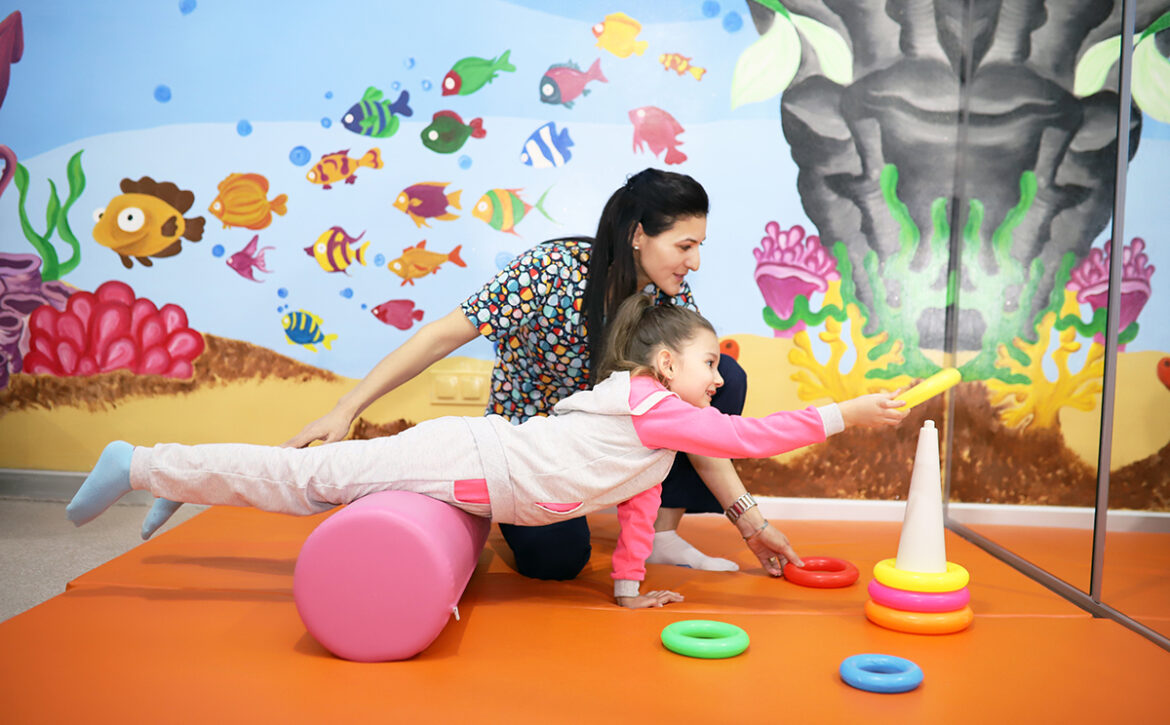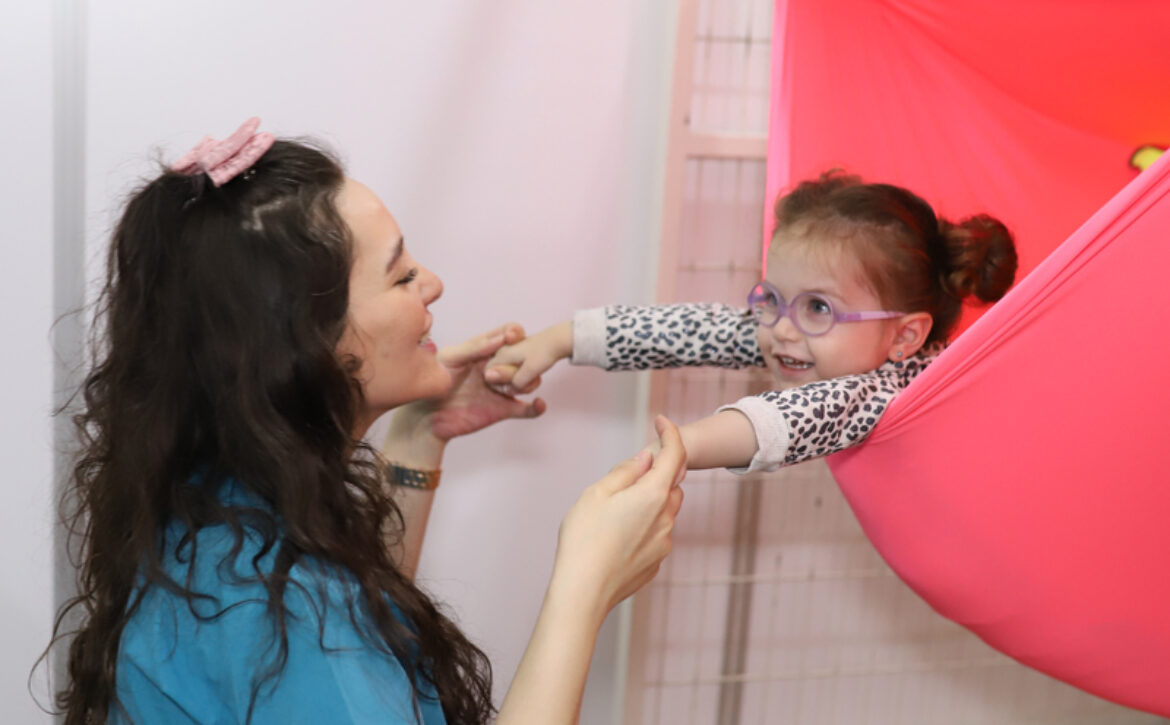Cerebral Palsy Rehabilitation
What is Cerebral Palsy?
Cerebral palsy is a clinical picture that occurs as a result of damage to the movement function area of the central nervous system before, after or during delivery. It can also be seen as a spastic type, which is characterized by the inability of the muscles in various parts of the body to relax, which progresses with excessive contractions at a rate of 80% in children, the hypotonic type in which the muscles are loose, albeit in a smaller number, or the dystoniathetosis type with involuntary, non-purposeful movements.
What Causes Cerebral Palsy?
Reasons During Pregnancy: Some chronic diseases of the mother that cannot be controlled (such as blood pressure, diabetes, goiter), some infectious diseases that the mother has had, and some medications that she has to use continuously can affect the baby’s health.
Causes During Birth: Causes such as lack of oxygen in the brain due to reasons such as cord entanglement around the baby’s neck or labor taking longer than normal, premature births (especially before the 32nd week), low-weight babies (below 1500 grams).
Postpartum Causes: Cerebritis / meningitis, cerebral hemorrhage, prolonged and high levels of neonatal jaundice are among the causes of postpartum Cerebral Palsy.
How Should Cerebral Palsy Rehabilitation Be?
For success in Cerebral Palsy rehabilitation, it is important to determine the problem related to the movement system and to plan and apply physical therapy rehabilitation methods. The purpose of physical therapy and rehabilitation is to help the muscles with excessive contraction to relax, to help the loose muscles that do not contract sufficiently, to increase their balance and coordination abilities and to reveal maximum mobility.
It is very important to start physical therapy and rehabilitation early. Preventing the development of abnormal posture reactions and abnormal contractions, developing normal contraction, preventing the development of joint motion limitation and deformity, giving the child a functional movement in self-care activities such as feeding and dressing are the goals of early treatment. All these activities affect the quality of life positively, albeit with slow development.
Main purpose of treatment is to assist the brain in the formation of the correct motor response by ensuring the integration of all information.
What to Do in Cerebral Palsy Rehabilitation?
Cerebral Palsy treatment is a team work. A team consisting of pediatricians, pediatric neurologists, physical therapy and rehabilitation specialists, physiotherapists, occupational therapists, dieticians and psychologists should closely monitor the child, and if the need for an operation arises, an orthopedic and neurosurgeon should step in. The focus of the team’s work should be on the family. The more conscious, patient and diligent the family is, the more beneficial the baby will be from the medical team.
Sensory integration therapy also plays an important role in rehabilitation. Our brain organizes the senses coming from the environment so that we can use our body effectively in our daily life activities and our relationships with our environment. It is either very difficult or impossible to organize this organization in children with cerebral palsy. Sensory integration therapy should be an integral part of rehabilitation to correct this situation caused by impaired sensory input and motor response flow.
In Rommer Physical Therapy and Rehabilitation Center, physical therapy and rehabilitation of our children with Cerebral Palsy is successfully applied. It is applied by experts in Robotic Rehabilitation and Sensory Integration Therapy and this increases the success rate.


